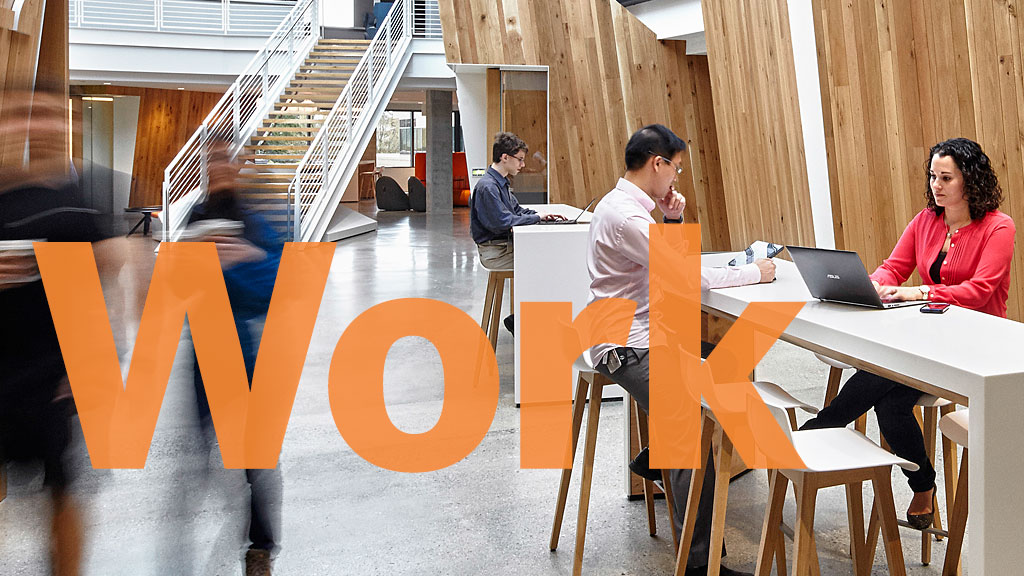Workplace Forecast
As workers gravitate toward social settings, apart from home and work, new and repositioned “office buildings” will make room for them. Openness and connection to adjoining buildings and districts will gain importance. As mobile workers switch between office space and “third place” alternatives, owners and developers that focus on transit-served, mixed-use districts may have an edge in attracting them.
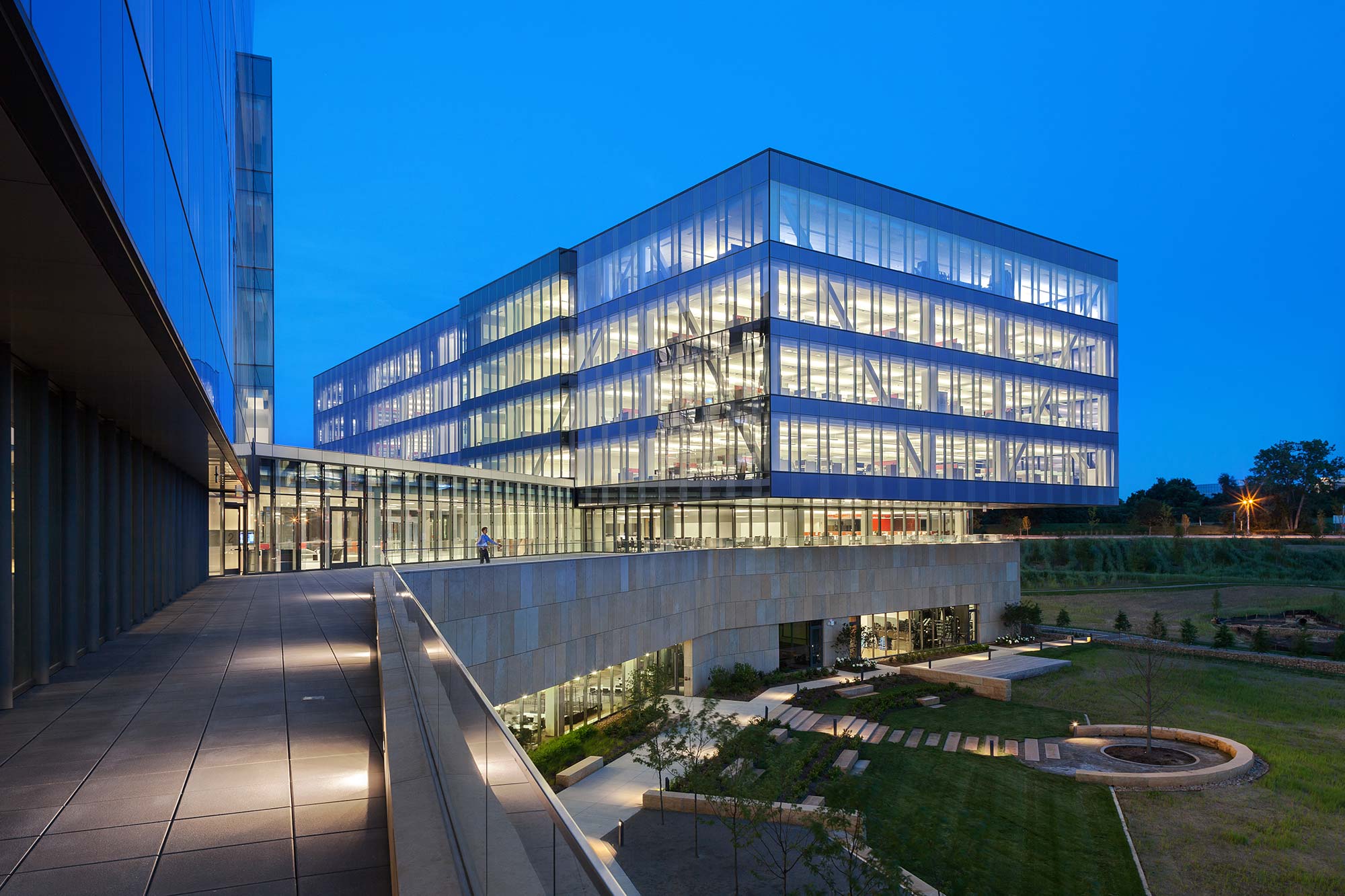
The demand for workplace flexibility will be reinforced by buildings that let organizations, teams, and individuals shape space on the fly. Faster adaptability will be the norm, and buildings will reflect this in form, structure, interior volume, façades, and services. Space will become more democratic as flatter, innovation-hungry organizations embrace agile, autonomous teams that are directly accountable for their results.
Analytics allows data to be sifted in real time, algorithmically, generating insights that enhance personal experience at the places where people live, work, and play. Designers will tap these findings to understand user needs. As data gathering is integrated into the settings themselves, people’s presence in them will generate real-time data points.
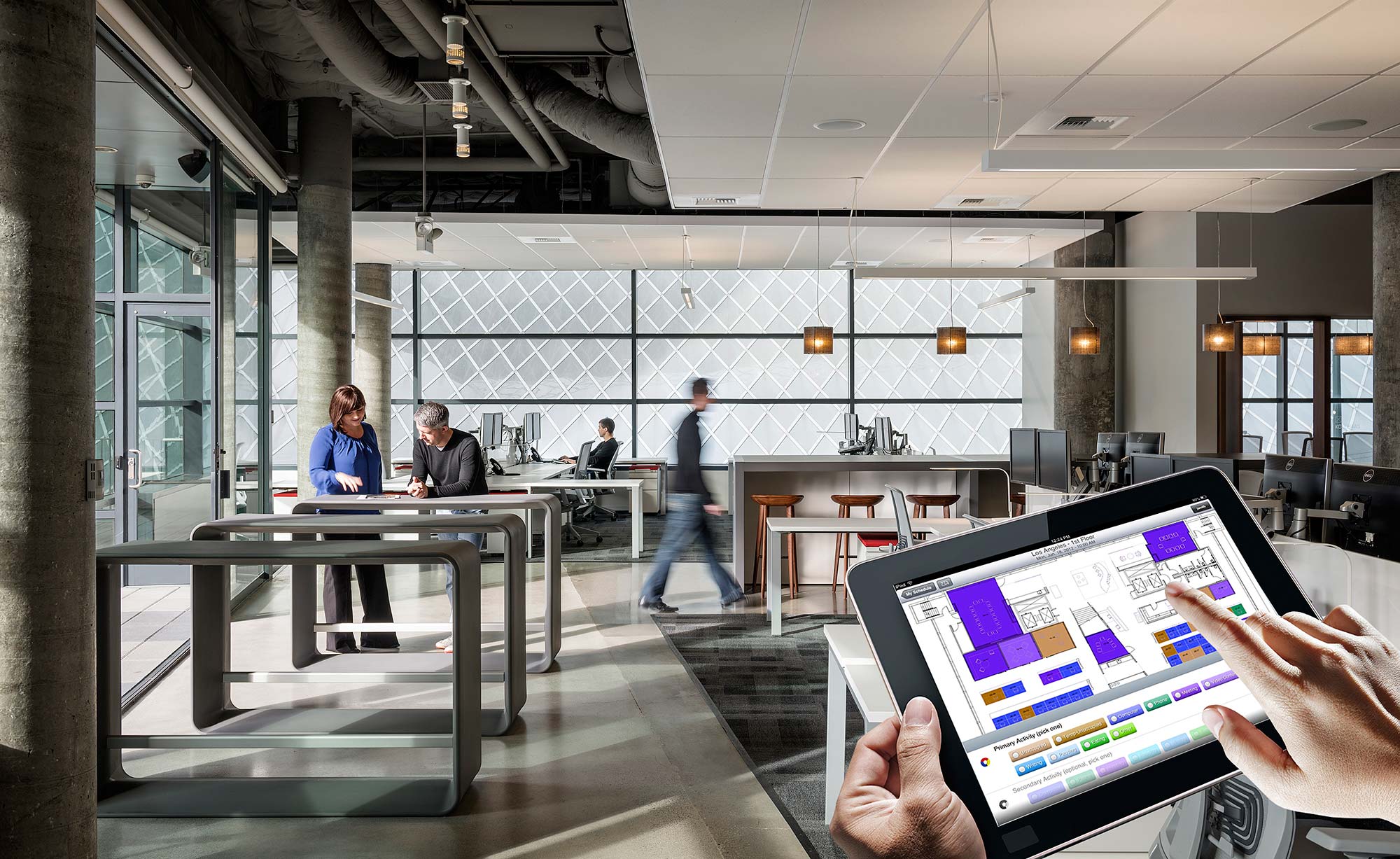
Shown with Gensler’s award-winning Observe iPad app, which links activity data directly to floor plans.
The rising numbers of freelance and contract workers will have a design and operational impact as organizations seek to integrate them. Likewise, given the ubiquity of the mobile workplace, people will expect to maintain such primary workplace values as health, engagement, brand, and work mode support—wherever they choose to work.
The need for geographically distributed teams within global organizations to work together effectively is complicated by language and cultural differences. Giving collaboration tools real-time translation capability could help. Automation, which may prove to be both a boon and a threat to workers, is an emerging issue that will grow in importance in the next decade.
Developing, testing, and selling consumer products are no longer seen as silos, so the physical boundaries between these activities are eroding. Coworking, the maker movement, and team-based medicine are precedents for how to accommodate hands-on, collaborative practices in the workplace. Artificial intelligence (AI)—both people-to-products and the Internet of Things—will play into this by streamlining work processes and deepening the understanding of consumer engagement.
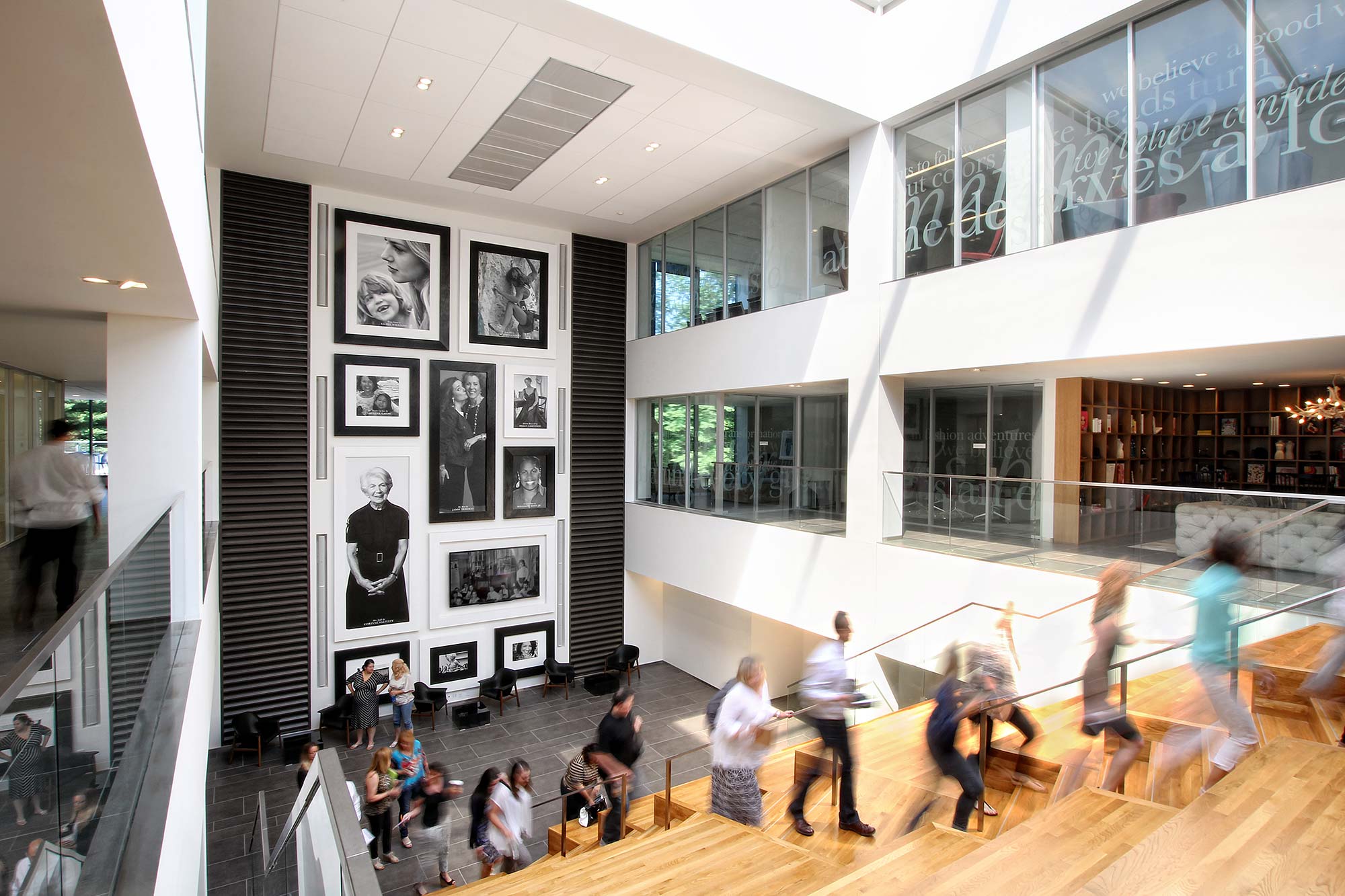
As consumer products companies invest more heavily in social and behavioral research to assess their markets and steer product development, there’s an increasing need for internal advisors and analysts whose backgrounds now range far beyond the fields of expertise that have traditionally been tapped. They include specialists such as mathematicians, meteorologists, economists, academics, and post-gender psychologists. Accommodating them is now a workplace issue, as the focus shifts toward creating spaces to support these specialists.
A younger, urban-oriented workforce and political momentum are heightening the demand for transit networks integrated with urban (or urbanizing) districts. In the US, this is leading to a more city-like, better-connected corporate campus paradigm. This emerging American model could begin to influence campuses in Asia, where amenity-rich corporate campuses are often more compact and self-contained.
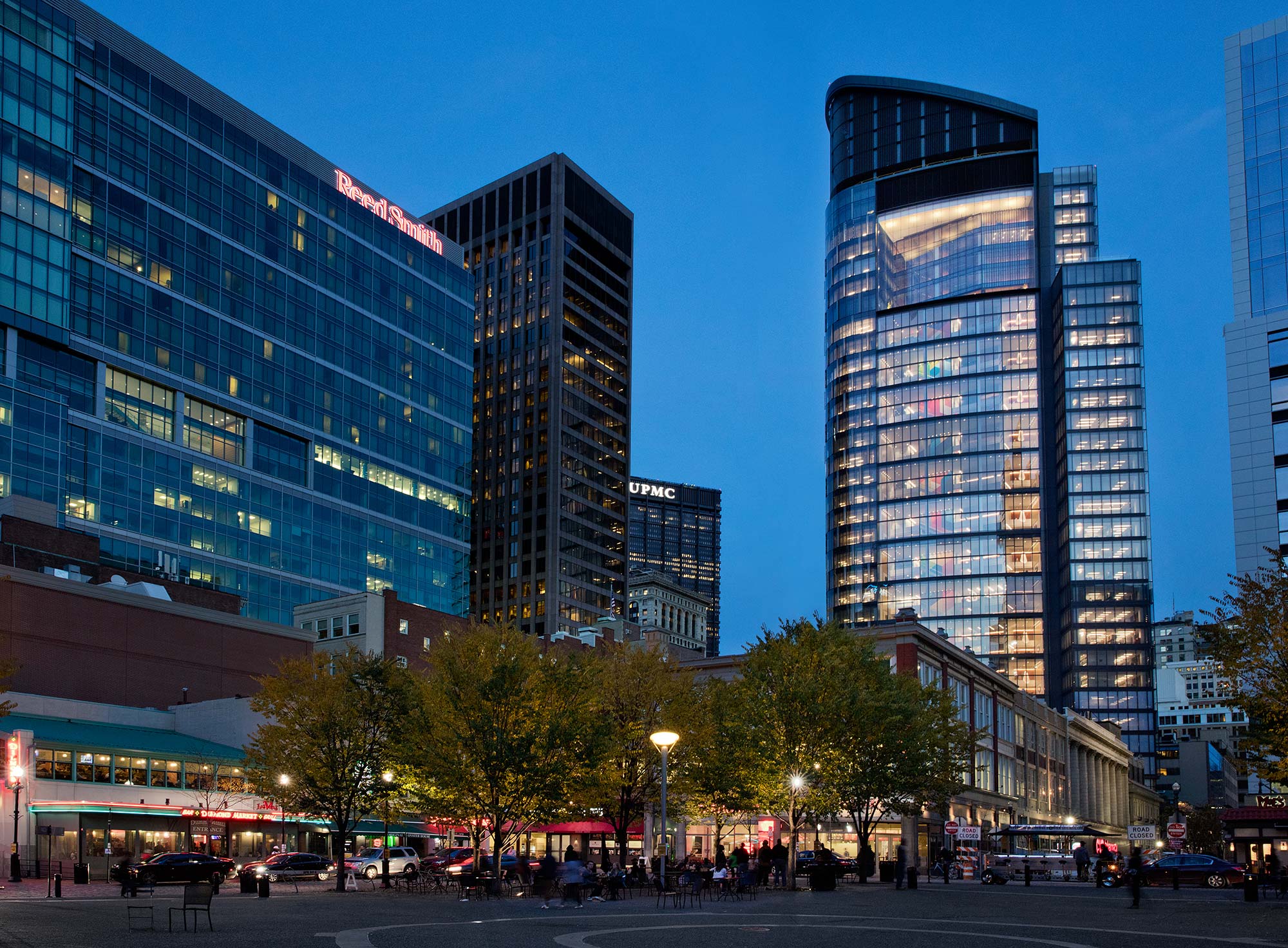
In addition, as corporations strive to reinforce their brands and cultures, they are opening up their campuses to integrate accelerators, incubators, and coworking spaces. Increasingly, these amenities are being developed in collaboration with outside partners like universities, whose missions direct them to push knowledge and innovation into the marketplace.
Look also for the enhanced role of campus environments as conveners of thought leaders and “co-creator” organizations, an activity that strengthens the brand by positioning companies on the leading edge of innovative thinking. In urban settings, this is stimulating street-visible, accessible spaces that can accommodate large community gatherings.
Cybersecurity will grow in importance, as state-sponsored intelligence agencies, state-sponsored hackers, cyber criminals, and activists all target agencies and organizations in the defense and aerospace sector. Countering these attacks is a top priority, generating the need to design high-tech command centers and sensitive compartmental information facilities (SCIF)—specialized buildings with robust infrastructure and security requirements. The threats are also leading security, operations, IT, and emergency response functions to form consolidated operations centers.
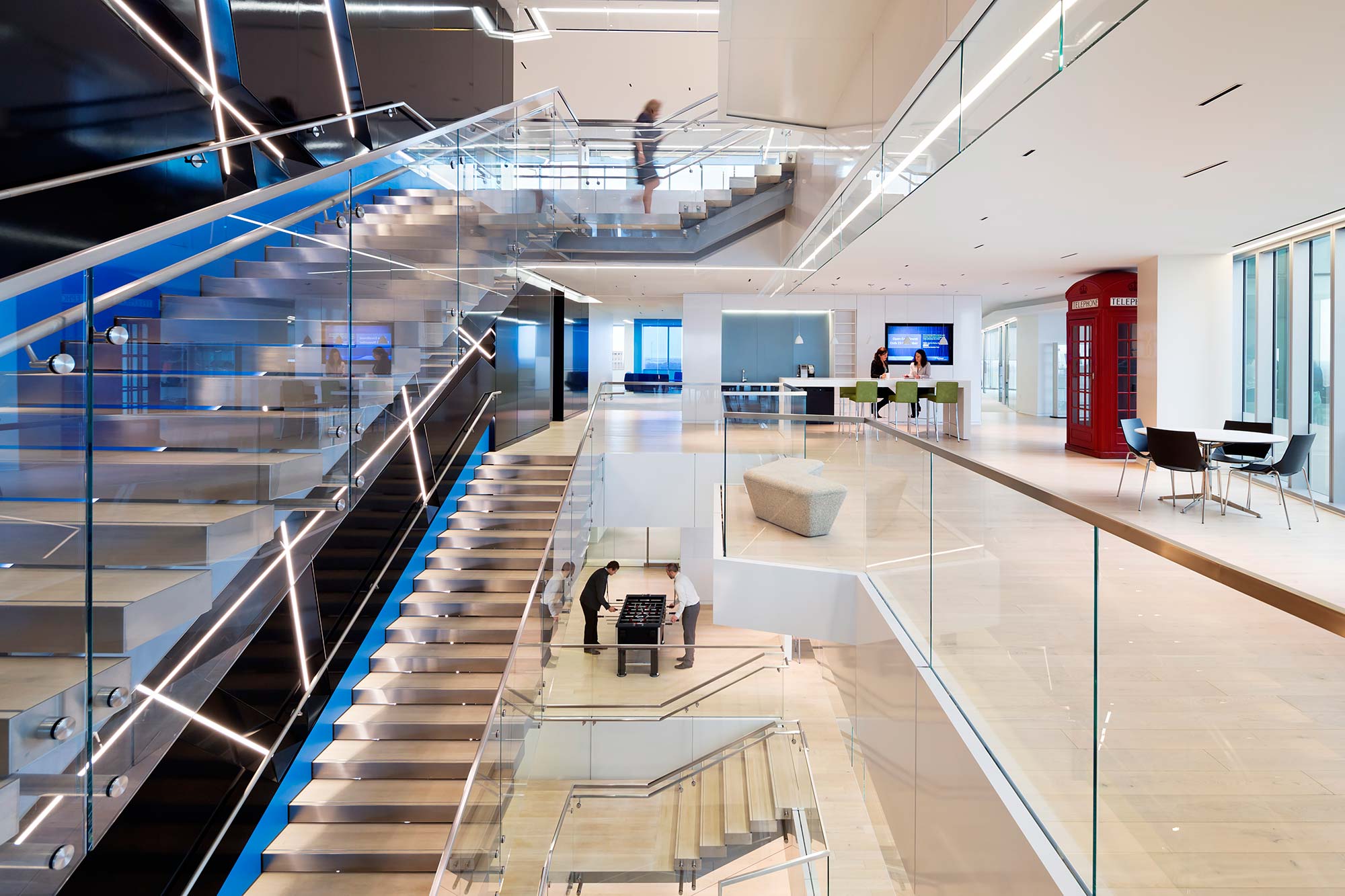
New facilities, and renewed attention to public image, will be demanded as companies in the sector diversify. Already they are moving into related fields like medical equipment, biotech, and the Internet of Things that apply their IP and talent. To further drive innovation and productivity, these companies will increasingly integrate manufacturing into the larger workplace, similar to the lab spaces used by life sciences companies.
Climate change and other environmental quality issues will be a bigger factor than energy costs in spurring efforts to achieve net zero in buildings and transportation, and to cut energy’s carbon footprint. Energy brands will adapt in response.
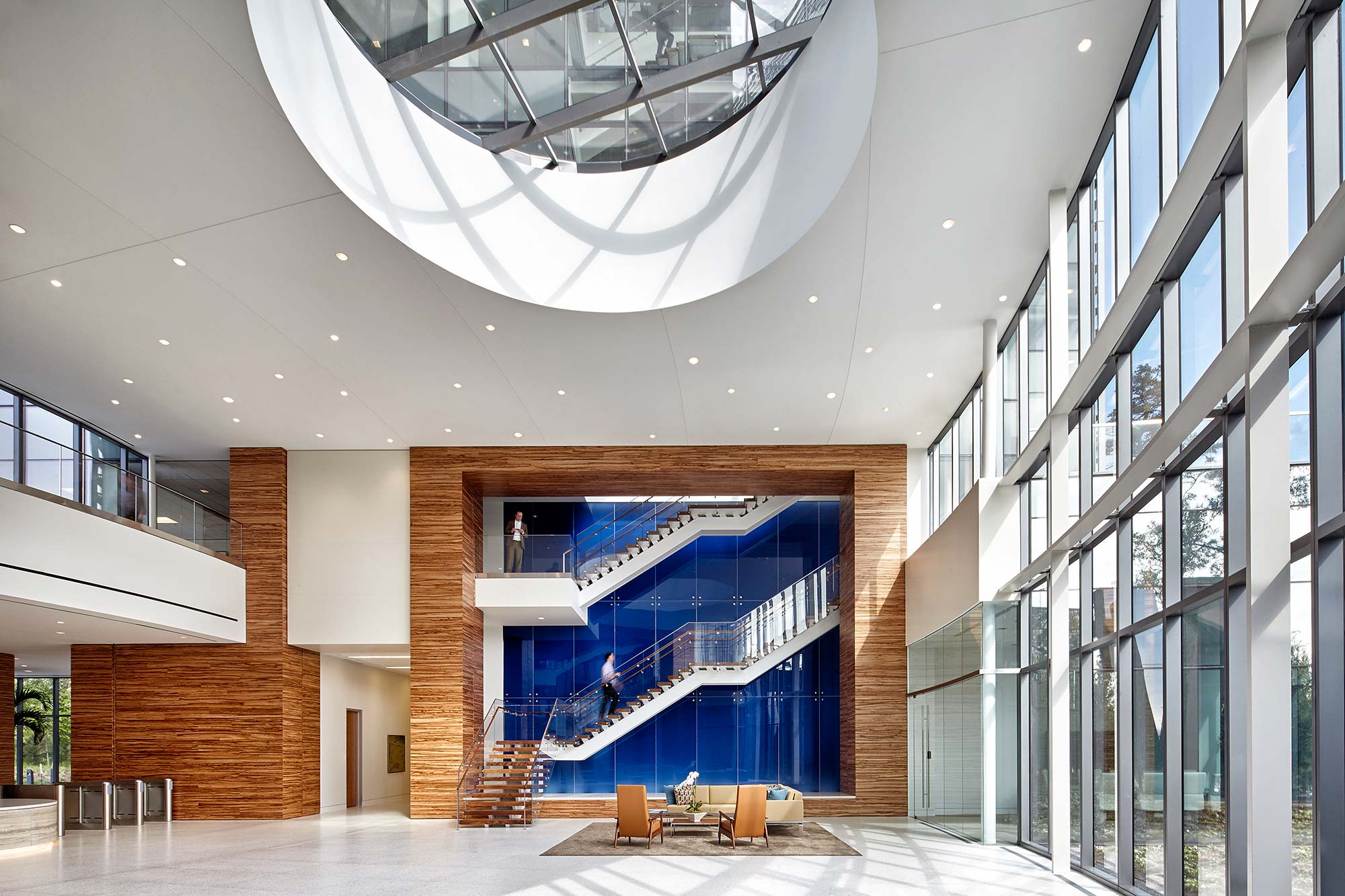
The UN and Shell both predict that world demand for potable water, food, and energy will rise 40 to 50 percent by 2030. Meeting this demand in a resilient way will pose a challenge for the energy sector, as well as for cities. In the shorter run, depressed oil prices will put renewed pressure on firms tied to that resource to cut costs and boost utilization. In addition, energy companies and related industries are looking beyond efficiency to ask how they can leverage technology and work processes to optimize their real estate portfolios. This will translate to dynamic work settings that increase real estate utilization, spur innovation, retain talent, and reinforce brand values.
A preoccupation with worker safety will carry over from the field into the realm of knowledge workers, including mobile workers. As knowledge work becomes more open and collaborative, security will be a bigger issue, especially if younger workers exercise their preference for incubators, accelerators, and coworking spaces over office towers and campuses.
A strong sense of mission and purpose, focused globally and/or on a specific community, will have greater importance to financial services firms and their employees. This will impact both physical and digital space. Look for the sector to begin emulating the tech sector in its efforts to provide high-end amenities and compete for the very best talent.
In addition, retail and private banking (or wealth management) will reinvent the customer experience to make it more individualized, while at the same time improving the virtual banking experience, especially on smart devices.
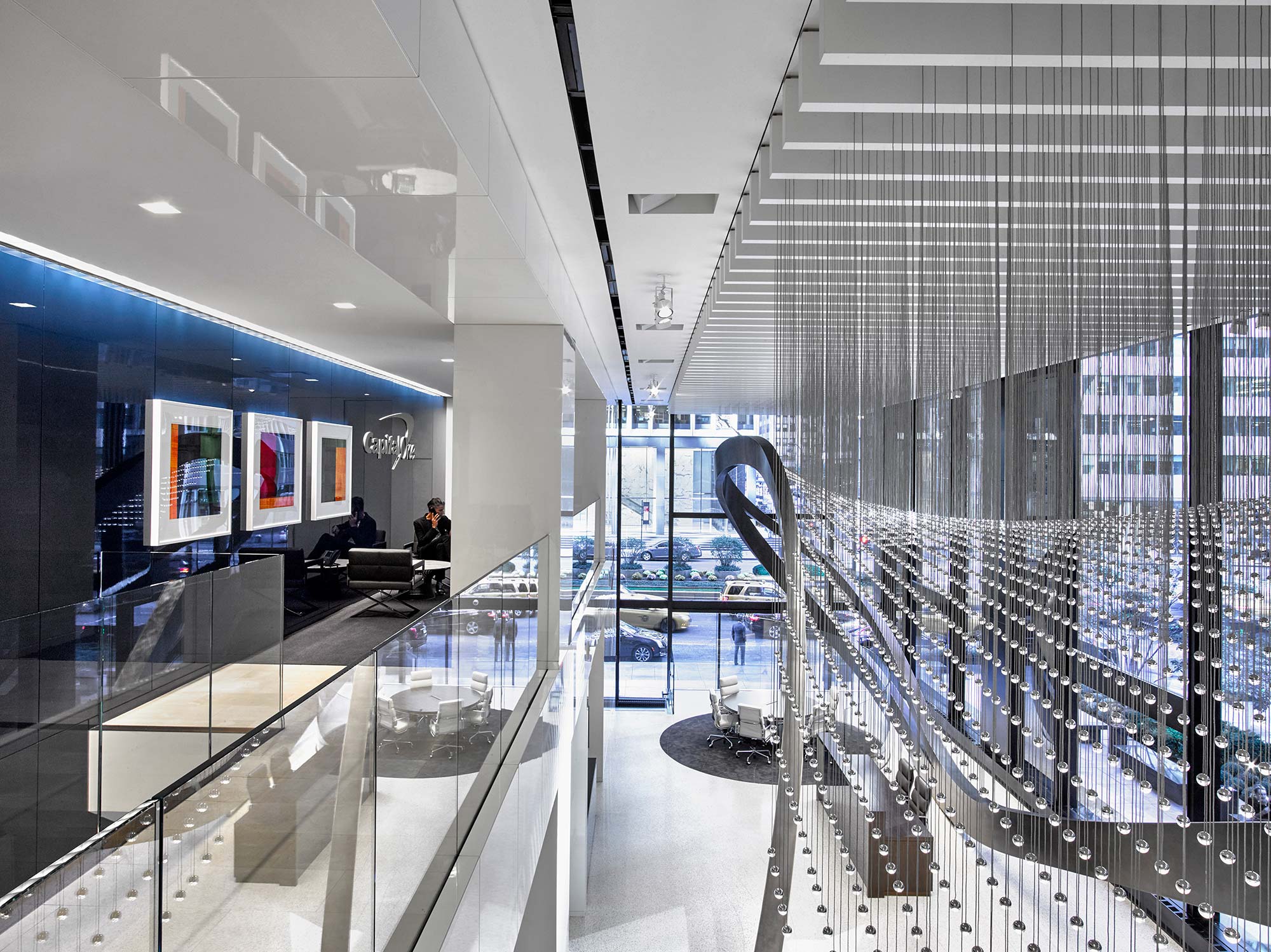
Competition is growing, as alternatives to traditional consumer banks crowd into their space. This will push the newcomers and the legacy brands to differentiate themselves. How they will do so is an open question, especially for large banks that have to cover multiple regional and demographic markets. The task is easier when the focus is sharper, but even then, the constant evolution of technology can quickly disrupt those plans.
As technology simplifies transactions—or cedes them to artificial intelligence—the potential for disruption will only grow larger. But this also creates openings for the sector to take the lead in developing technology to support its activities. Growth of this part of the business is already gaining momentum with the rise of tech-like work settings and the tendency of financial tech accelerators to collocate with their clients.
“Retail” government services will migrate online, reducing the need for staff and brick-and-mortar facilities as even the most heavily serviced constituents obtain services through digital channels. Seeking greater efficiency, government may resemble healthcare by consolidating some functions into central hubs, while placing others closer to the communities they serve. Often this will happen in private-sector facilities, blurring the public-private boundary.
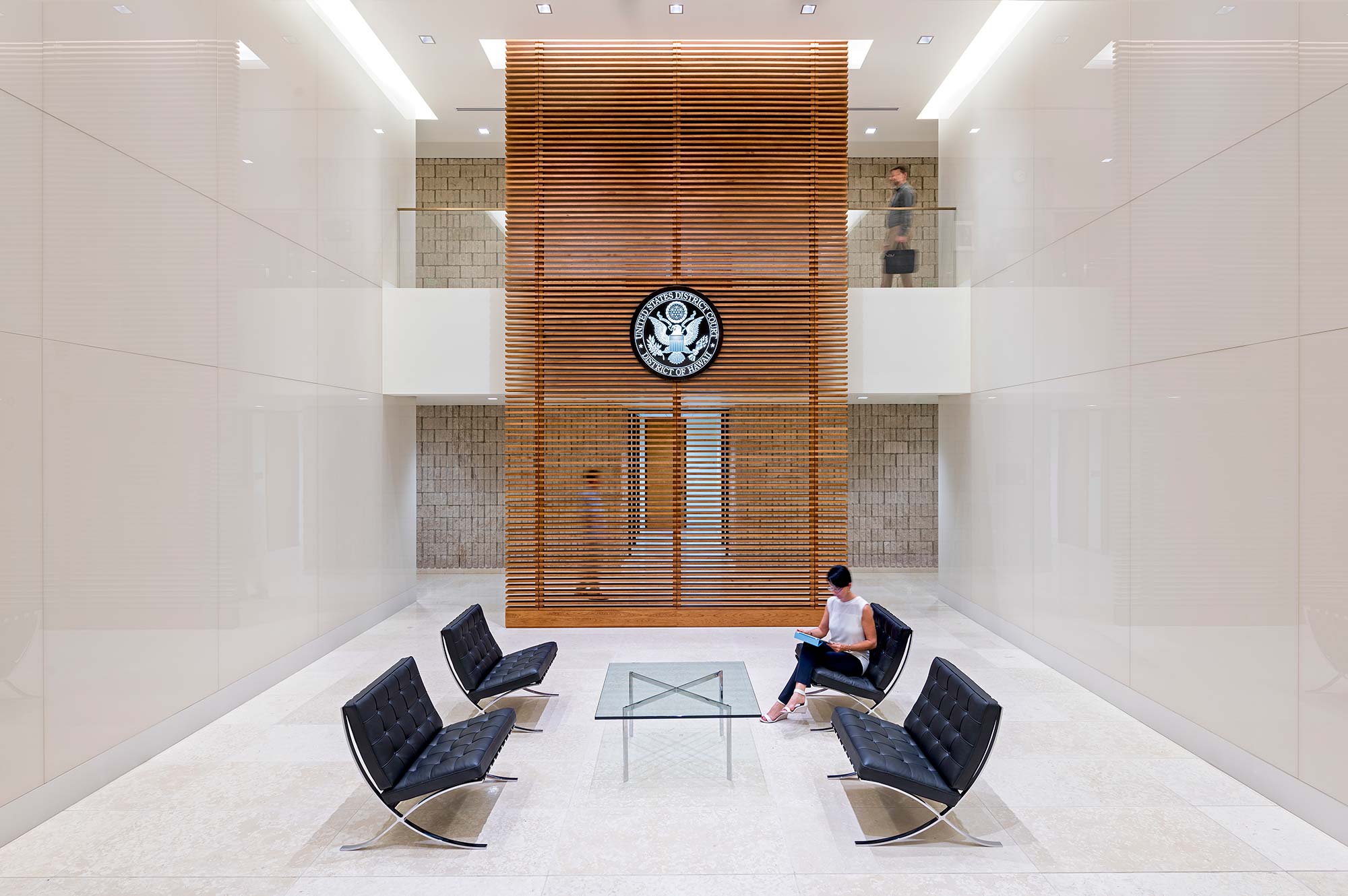
To enhance security, physical barriers will be augmented and potentially supplanted by active, technology-enabled surveillance that allows for a welcoming environment yet protects government buildings and workers. As their sophistication grows, these systems will detect, deter, and counter security threats—including drones—beyond the site boundaries of the building.
In addition, governments will shift to design-build and public-private partnerships to develop and operate their facilities without losing sight of goals for resilience, wellness, and productivity. End-user involvement in planning and robust change management will increase employees’ satisfaction with the facilities they occupy.
Landlords are turning to prebuilt, ready-to-go office space to meet tenant demands faster. Emerging workspace-on-demand platforms that “share” third-party properties the way other platforms share rides and beds will cater to tenants wanting shorter stays. As virtual reality technology catches on, it may supplant real walk-throughs as the way tenants evaluate multiple properties.
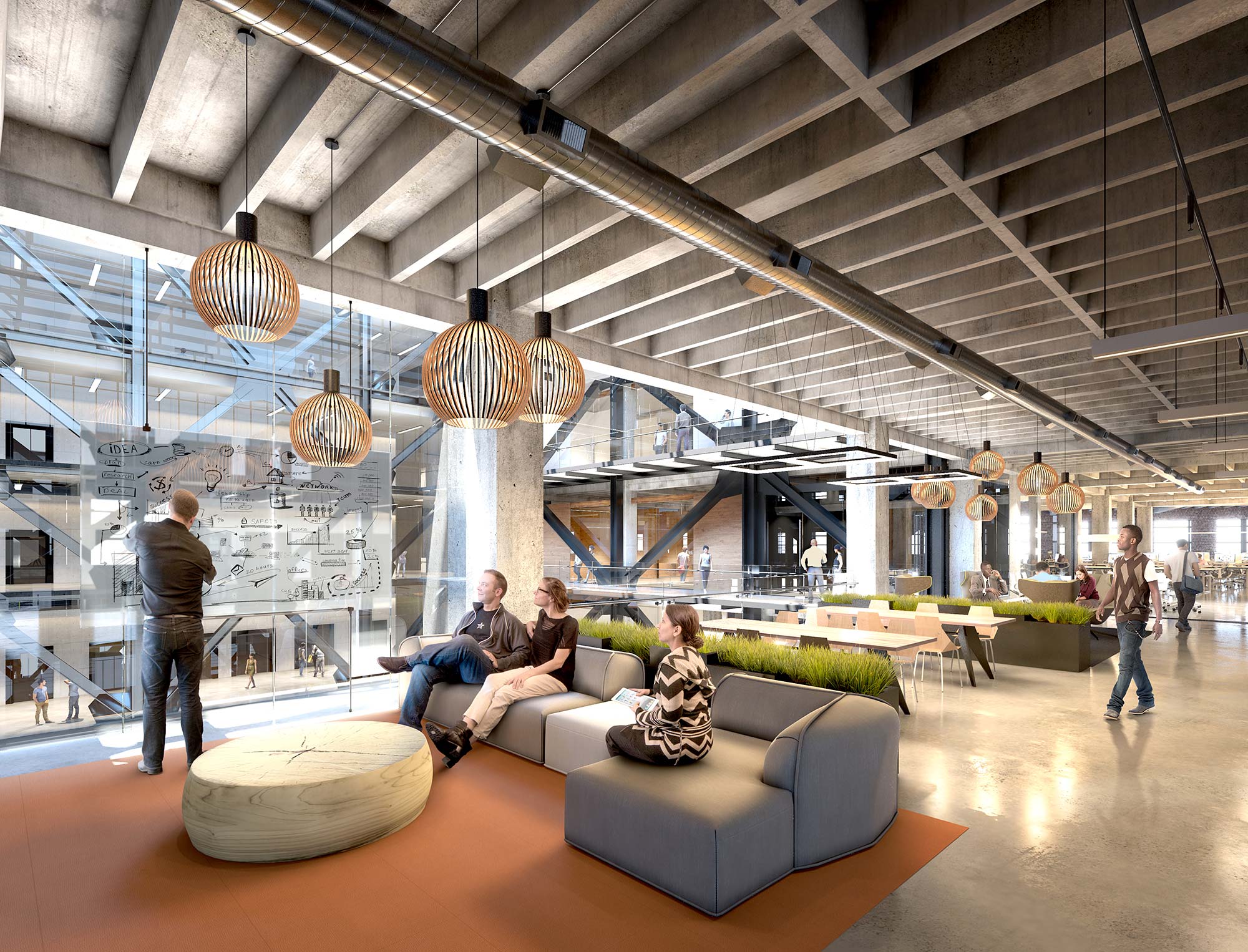
Amenities and services will be a bigger sales point for office buildings, with lobbies and other public areas taking cues from hospitality and residential properties—creating new revenue opportunities for owners and managers by adding coffee shops, restaurants, retail, conference centers, concierge services, and more. Also look for them to offer expanded amenities to individual tenants, managing tenant-branded facilities and providing services tailored to their staffs.
As this suggests, owners understand that their office buildings are part of mixed-use districts—or need to provide that mix where it’s missing. Integrating settings and activities that draw evening and weekend traffic, and opening up lobbies and terraces to encourage synergy with the neighborhood, will raise the destination value of both office buildings and their immediate districts.
Precision medicine—therapies that consider patients’ genetic and physiological traits by integrating new diagnostic and treatment tools—is reshaping the field and its facilities, blurring the lines between life sciences and healthcare. As smart devices link precision medicine to patient-consumers, artificial intelligence will handle a growing number of lab procedures. Lab settings are also being transformed by ever-smaller equipment. These ultra-flexible spaces can be collocated with non-lab functions to support teamwork and speed development and execution.
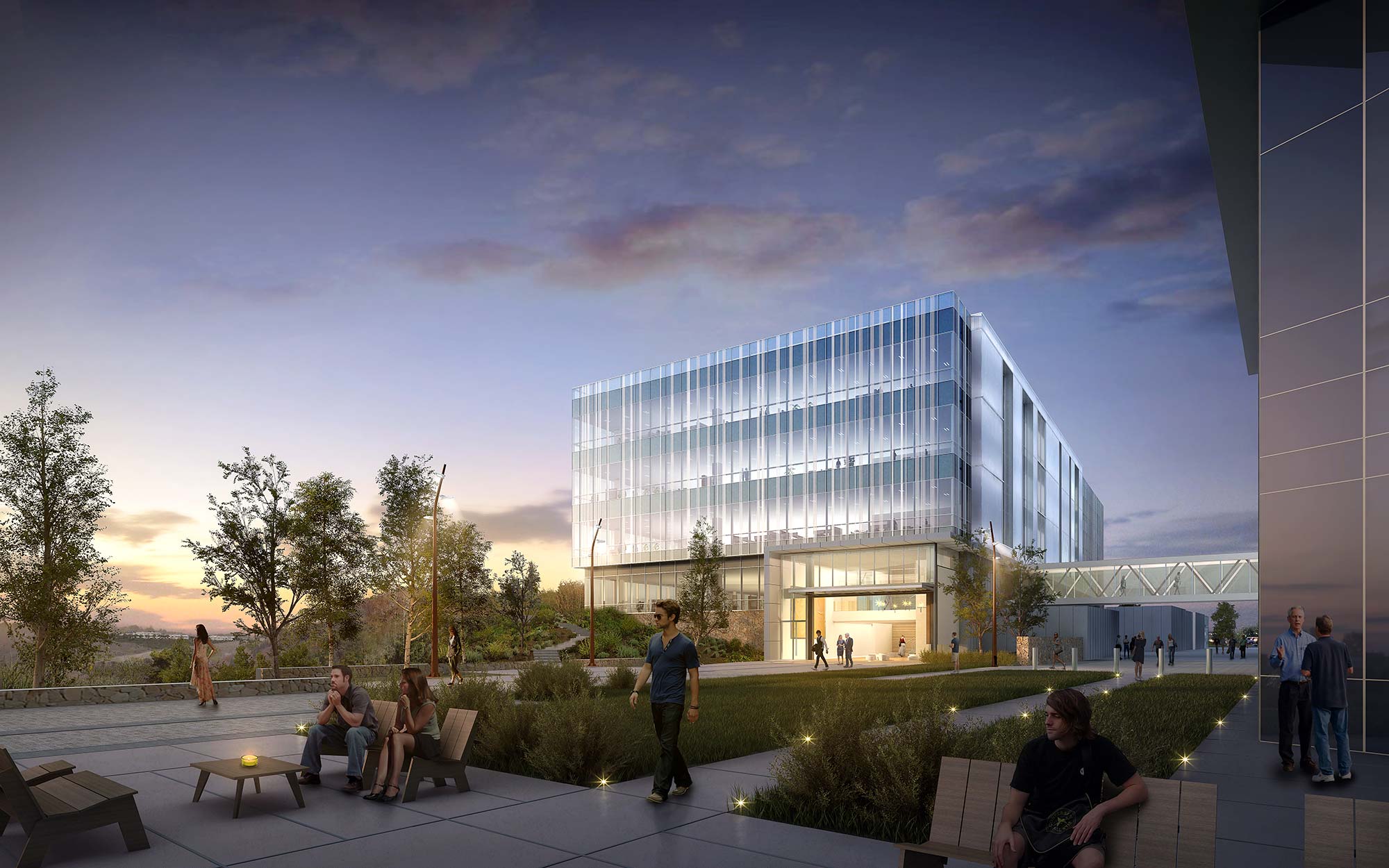
Life sciences companies and universities are emulating the tech sector in setting up incubator and accelerator spaces to support startups, and innovation centers to get R&D to market faster. Interdisciplinary “matrix teams” are emerging, with combinations of real/virtual and insider/outsider participation. In addition, life sciences companies are gravitating toward the mixed-use “science villages” that can be found in life sciences hubs in the US and the UK, as well as in Singapore. They are a focus of investment in other East Asian countries and in the Middle East, often in conjunction with universities.
The media workplace puts a strong emphasis on the speed and agility of production, not least because of the unpredictability introduced by new devices and channels, and the fast-changing tastes of audiences that self-direct and self-identify. Media facilities need to accommodate this.
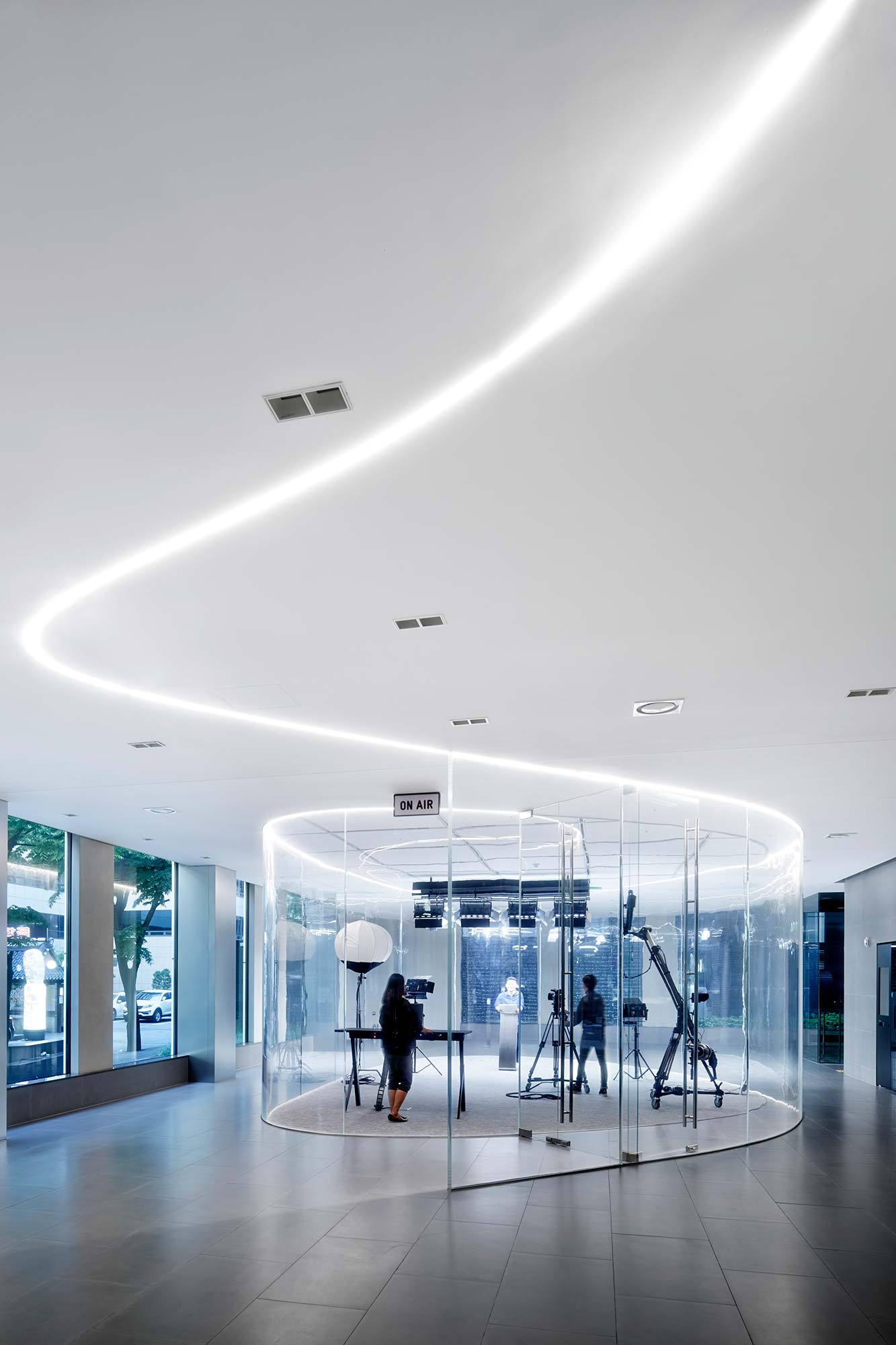
Gamification—the teamwork that online games now require to be competitive—is being adopted elsewhere to heighten engagement, solve problems faster, and create shared experiences. Meanwhile, online games are a huge business, attracting a fan base that could literally fill stadiums for their championship matches. To grow and compete, gaming companies will adopt the most progressive space design strategies of the media and technology sectors. Spaces that are flexible yet tailored, communal yet individualized, tech-heavy yet human-centric will enable rapid innovation.
This revolution is ongoing; iPhones are now part of the equipment mix. VR—virtual reality—is a wild card that gives rise to the creation of immersive experiences. Integrating the digital and the physical is one way to do it, and VR is another. But media tend to converge, pulling disconnected strands together to compel attention. As the strands multiply, convergence demands more: silos come down, innovation ramps up.
As the public sector leans on not-for-profits to fill gaps in its own services, the challenge of handling the increased load can prompt their consolidation and new partnerships. Shared facilities is one solution, comparable to the way holding companies collocate individual brands that share supports and amenities, but keep their individual identity. Coworking spaces is another option—and a way to increase collaboration and innovation.
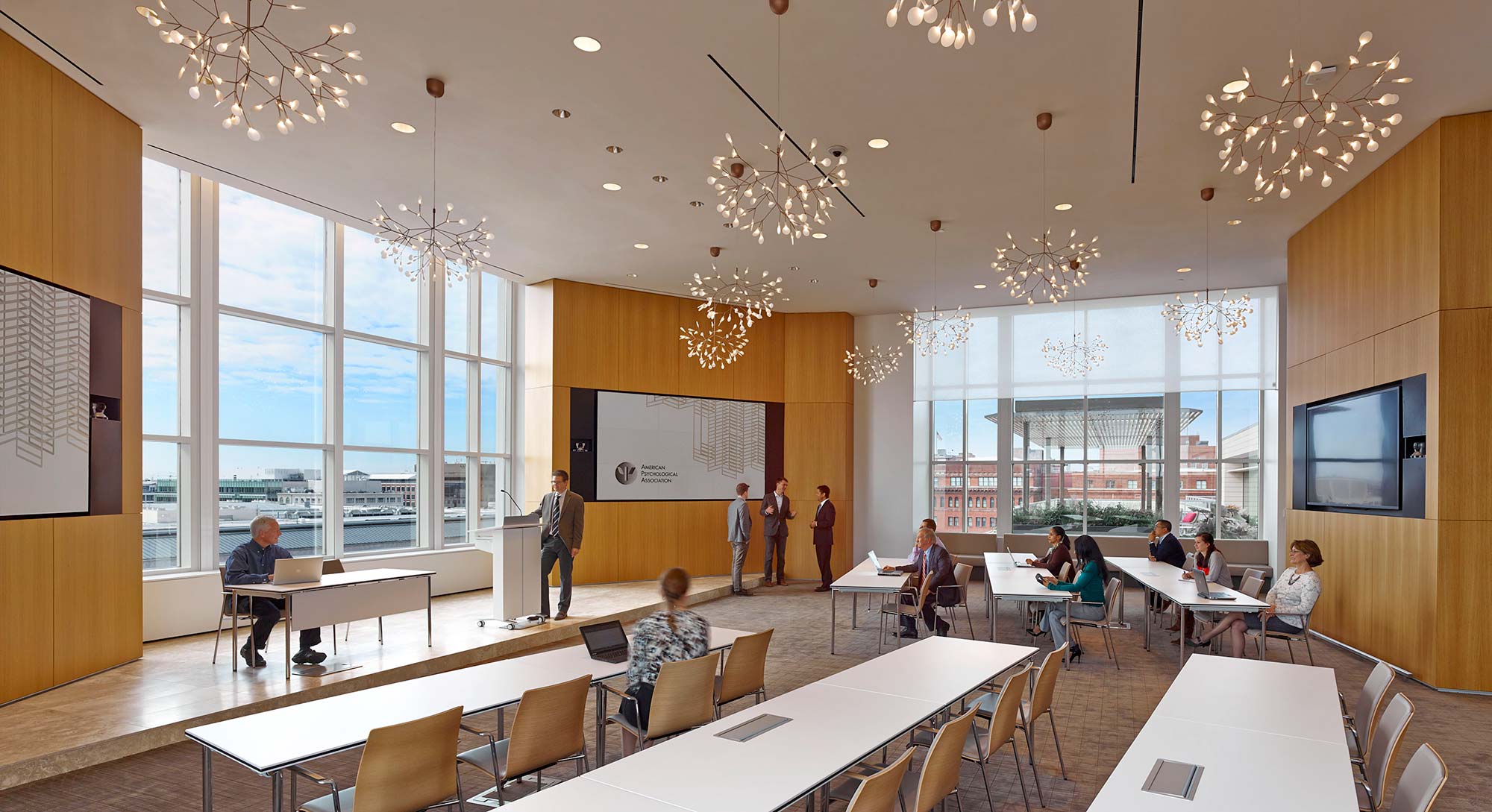
To attract talent with limited resources, not-for-profits are making their reason-for-being more visible and personally empowering. The example of startups is relevant, given their “on-a-mission” cultures and work settings that telegraph purpose. The design implications of this connection between culture and place are real and important, as scrutiny from donors and the media goes with the not-for-profit territory. Bad publicity can disrupt funding and hamper missions, so the transparency of their operations is essential and needs to be reflected in the design of the workplace.
Buildings and settings that welcome community involvement are also valued, not least because donors favor not-for-profits with strong grassroots.
Product design isn’t just about the visible world of things, but also about the invisible world of interactivity that extends them, makes them “smart,” and melds them into everyday experience. The “made environment” encompasses all of this holistically, adding up to user experience (UX) that feels right and enhances our iHumanity.

The Internet of Things will make products smarter in how they interact with us and with each other. They will be both autonomous and fully integrated and interacting with networks that connect them to people and the world. The ability of smart products to support shared use and self-manage maintenance and the ordering of supplies may change consumer attitudes toward ownership.
The revival of craft resembles the Arts and Crafts Movement of the late 19th and early 20th centuries. Craft in the 21st century is a counterpoint to digitized life. People want to find personal meaning in products by linking them to their makers, artists, and artisans. They look for evidence of craft as handwork. In parallel, there is a renewed interest in making, often with the ambition of finding markets for handmade goods. By emphasizing local production as a sign of authenticity, small-scale producers are enjoying wider appeal.
Professional services firms will strive to be more complete business advisors to their clients, providing higher-value services while delivering traditional services more efficiently. Their work settings will have to serve a broader range of work modes and specialists. These high-performance spaces will help attract the best people. Clients will be attracted too.
The billable talent in these firms will increasingly be deployed to client sites, using the hub office as an anchor more than an office. These hubs will be technology-rich open plan environments. As artificial intelligence takes over parts of their workload, professionals will shift to high-value work, which the workplace will integrate and support.
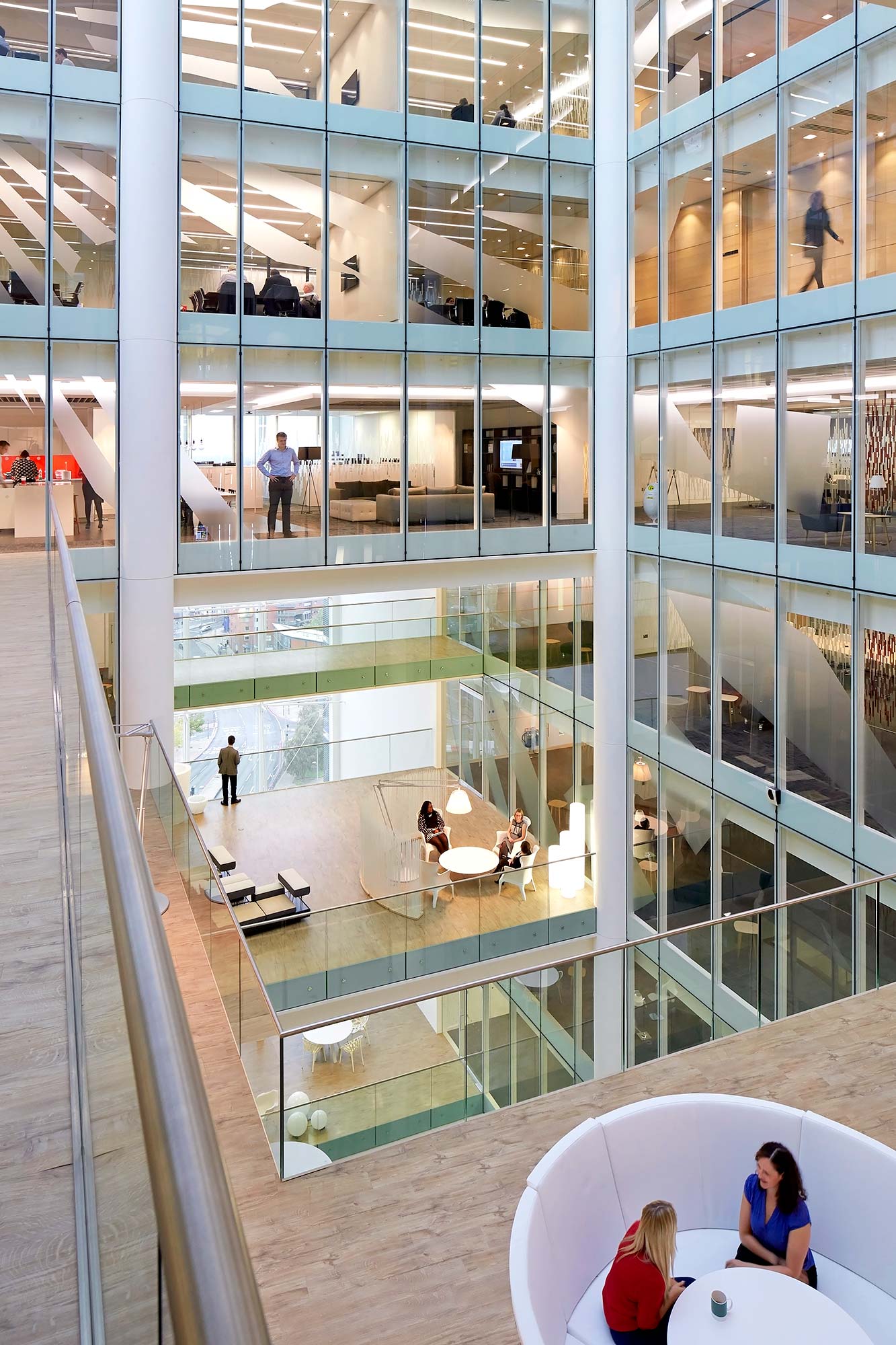
Independent contractors are another matter. While their working lives are more flexible, on-demand may mean low pay, irregular hours, and job insecurity. New categories of employment will emerge—not full-time employees, but not self-employed either. In response, careers and work settings will change. Some law firms may emerge as “brands” rather than firms.
Traditional boundaries between work, home, and community will blur. Influenced by hospitality and residential design, professional services firms will provide their staff with social space and choices about how they use the workplace. Greater insight into work processes and the human experience of working will help to fine-tune workplace design and strategy to increase productivity, creativity, and job satisfaction.
To counter mobility’s impact on collegial knowledge-sharing and mentoring, large professional services firms will establish centers of excellence for specific areas of expertise to incubate talent, share learning, and develop solutions faster.
Technology companies will seek to translate values of social responsibility and personal empowerment into their workplaces and policies. Look for resilience strategies—sustainability, transit, and housing; community engagement through programs and spaces; and leadership with wellness and other personal/social issues.
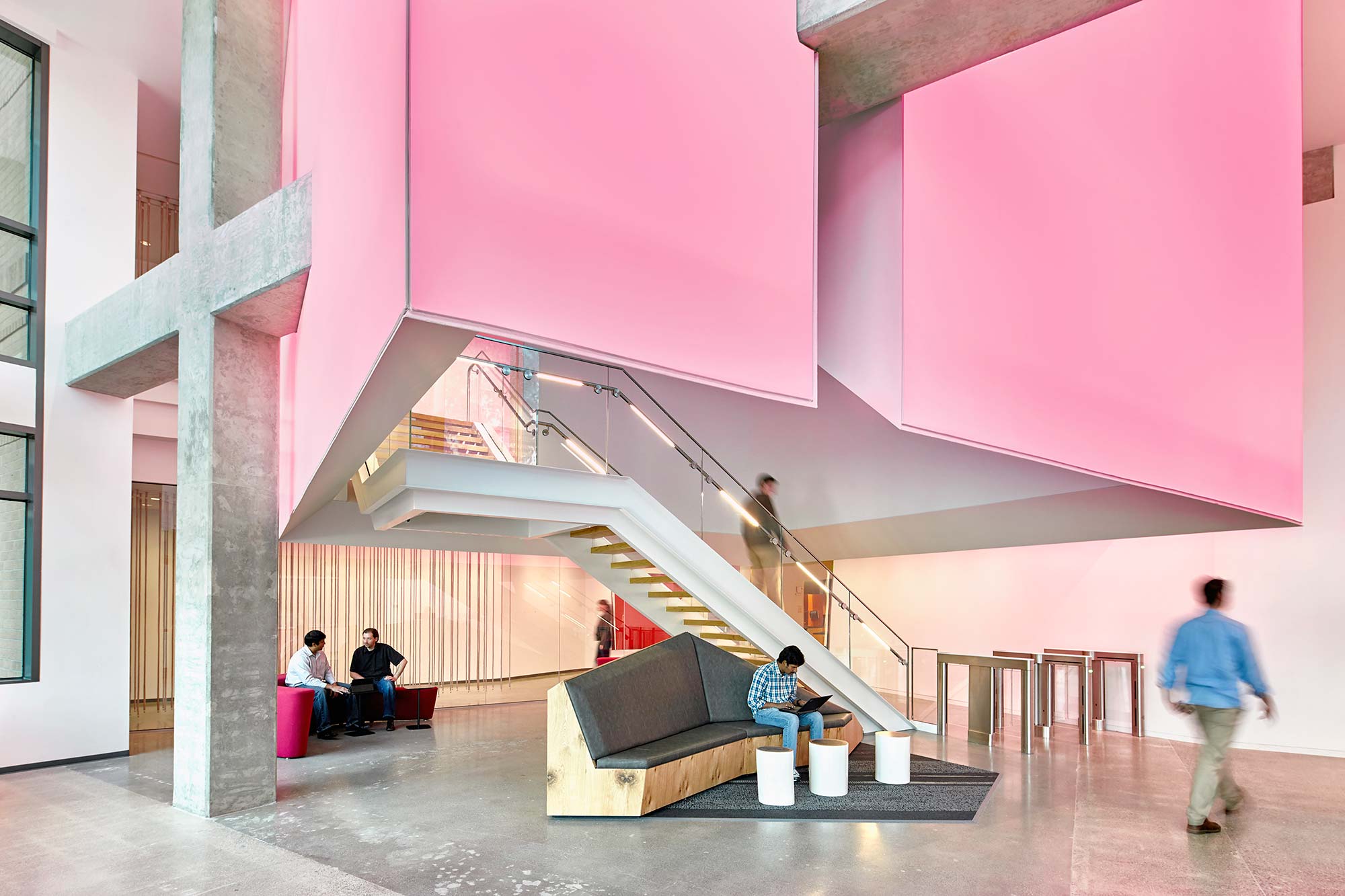
A fully interdependent, regenerative relationship between workplace, employees, and the community may shift “what success looks like” to have much broader measures. Tech companies will be much more interested in how people work and in creating work settings that support their diverse processes. The Internet of Things and smarter building systems will lead to a user-centric approach to the tech workplace. Highly adaptive settings and seamless support of mobility will allow for greater customization by teams and individuals.
As “new tech” matures, its spaces will promote rich emotional connections and full engagement. This focus on the user experience will spur multifunctional and culturally unique work settings incorporating local references in their materials, fabrication, and products.
